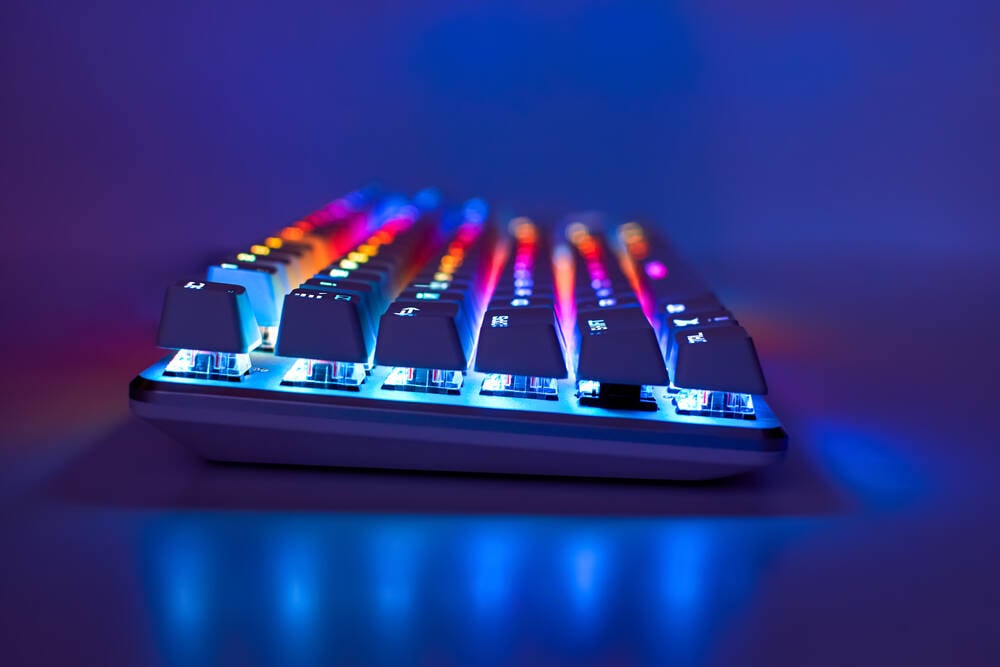Researchers in the UK claim to have translated the sound of laptop keystrokes into their corresponding letters with 95 percent accuracy in some cases.
That 95 percent figure was achieved with nothing but a nearby iPhone. Remote methods are just as dangerous: over Zoom, the accuracy of recorded keystrokes only dropped to 93 percent, while Skype calls were still 91.7 percent accurate.
In other words, this is a side channel attack with considerable accuracy, minimal technical requirements, and a ubiquitous data exfiltration point: Microphones, which are everywhere from our laptops, to our wrists, to the very rooms we work in.



Every key is unique and at a different distance to the microphone and therefore makes tiny differences in noise.
Knowing this, and knowing the frequency distribution of letters in language (e.g. we know “e” is the most common letter) and some clever analysis over a large enough sample of typing, we can figure out what each key sounds like with a statically high level of probability. Once that’s happened it’s just like any other speech recognition software, except it’s the language of your keyboard.